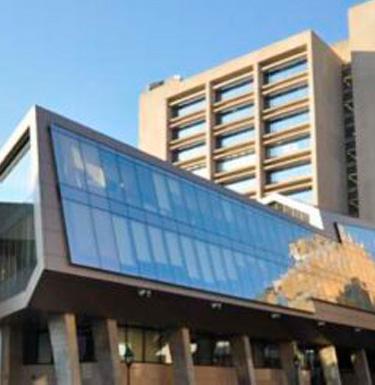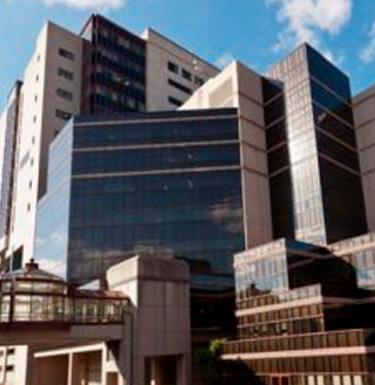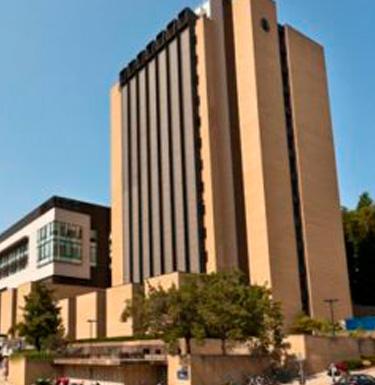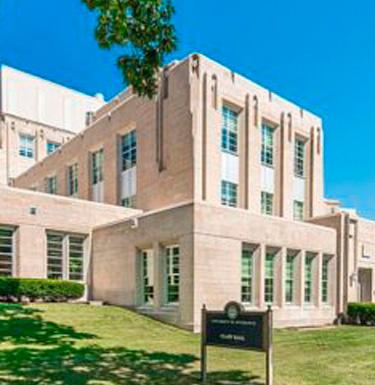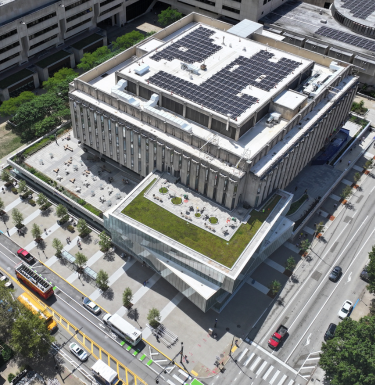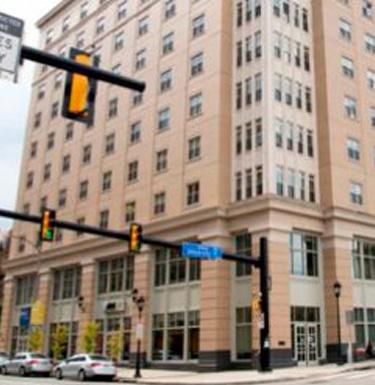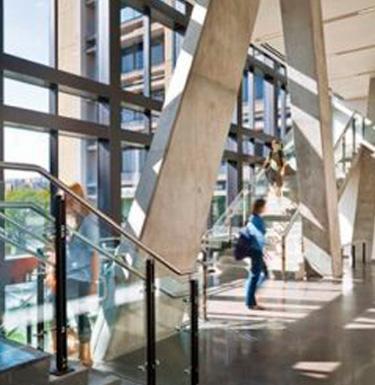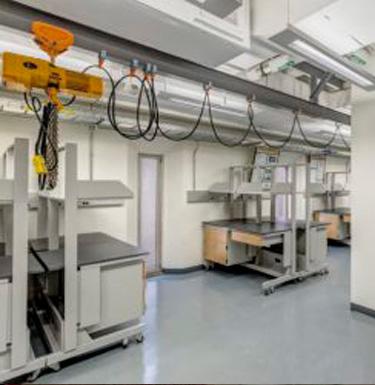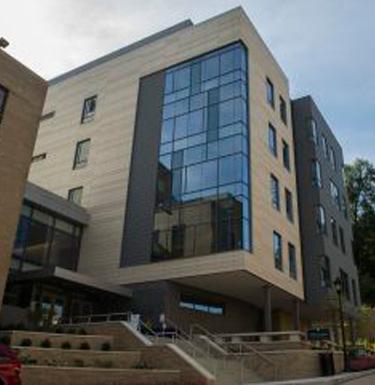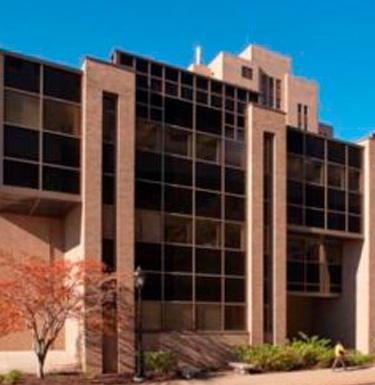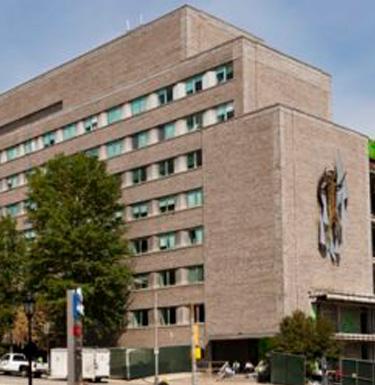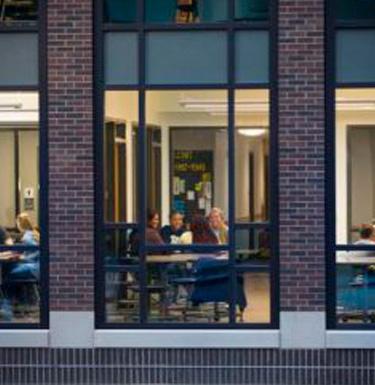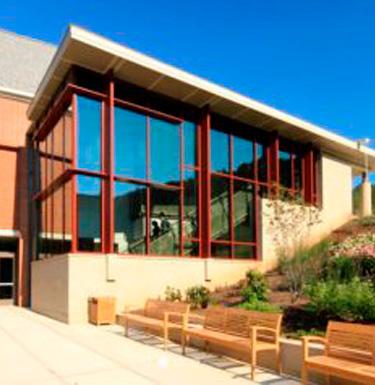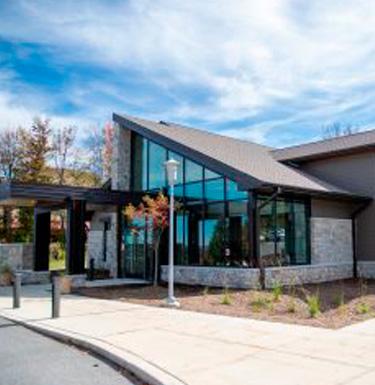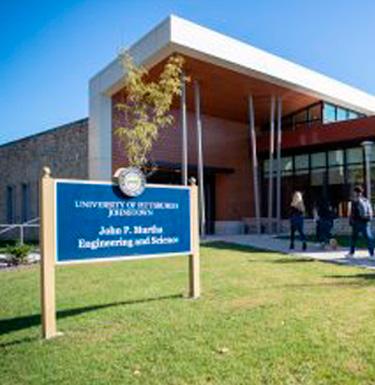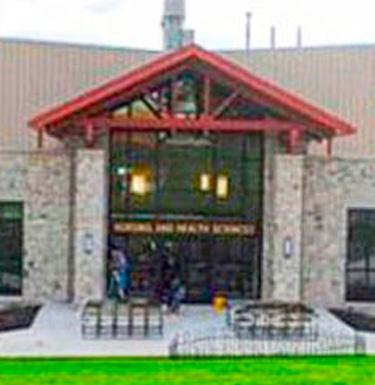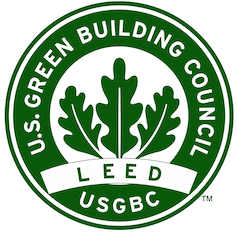
The University of Pittsburgh is committed to incorporating sustainability into all aspects of campus life, including with our built environment. As a result, Pitt has 19 building projects with third-party green building certification to-date — and we pursue LEED certification or better on all new construction and major renovation projects as part of the Pitt Sustainability Plan.
What is LEED Certification?
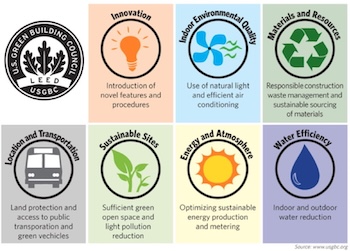
An acronym for “Leadership in Energy and Environment Design,” LEED is a green building rating system created by the U.S. Green Building Council in 1998 that helped transform the built environment globally while providing third-party validation of building design, construction, operations, and maintenance. LEED is the world’s leading green building certification and is focused on all aspects of the built environment, including site, location, energy, water, indoor environmental quality, materials, and innovation.
LEED certification is granted across a number of rating systems based on the number of points acquired, reflecting 4 levels of certification:
- Certified - 40-49 points
- Silver -50-59 points
- Gold - 60-79 points
- Platinum - 80+ points
*Applies to all LEED v3 and newer projects
LEED points are earned across credits, which are the building blocks of a sustainable project across several different categories including: integrative process, location & transportation, sustainable sites, water efficiency, energy & atmosphere, materials & resources, indoor environmental quality, innovation, and regional priority. Within each credit category, a certain number of points is awarded.
Pitt’s 19 LEED certified spaces covering nearly 1.4 million square feet of space are listed below. Learn more about Pitt’s green buildings in design and construction above under “Design & Construction."

